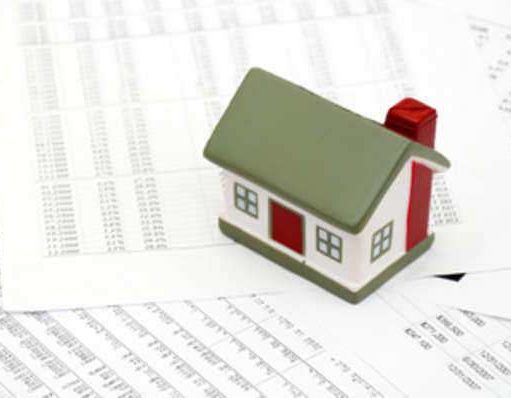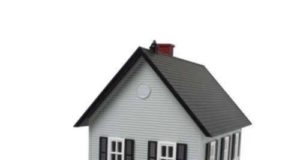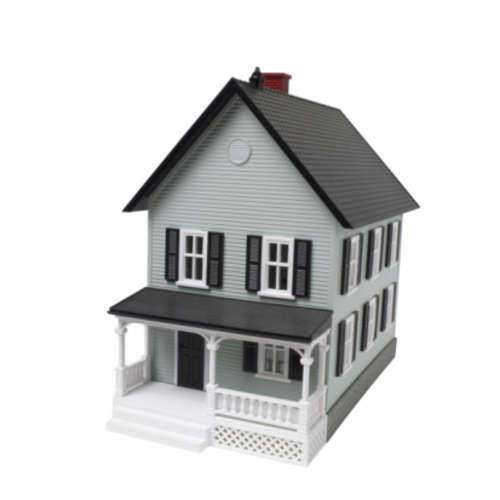Understanding How Fixed Mortgages Work

The types of mortgages that exist can come in various forms, all having particular provisions regarding how interest rates are to be applied, how they are paid, and when they are to be paid. However, mortgages can be primarily divided into two overarching categories, fixed mortgages and adjustable mortgages.
The fixed rate mortgage will entail a mortgage maintaining the same interest rate throughout the term or life of the loan itself, while an adjustable rate mortgage will have an interest rate that will change throughout the length of the loan term.
Fixed mortgages will also differ and there are various options that should be considered when attempting to secure a fixed rate mortgage. The Conventional fixed rate mortgage is probably the most commonly secured.
This entails the fixed mortgages to be underwritten by the Federal National Mortgage Association or the Federal Home Loan Mortgage Corporation. This will usually require a five percent minimum down payment and minimum credit score of at least 620.
The Federal Housing Administration fixed rate mortgage is probably the second most common. This type of mortgage requires a down payment of at least 3.5% and a credit score of 580. These kind of fixed mortgages are underwritten by the United States Department of Housing and Urban Development.
The USDA fixed rate mortgage is intended to be focused toward individuals seeking to buy a home that come from rural environments or involved in farming or agriculture. There is no down payment necessary, though a minimum credit score of 580 will apply. The United States Department of Agriculture underwrites this kind of fixed rate mortgage.










